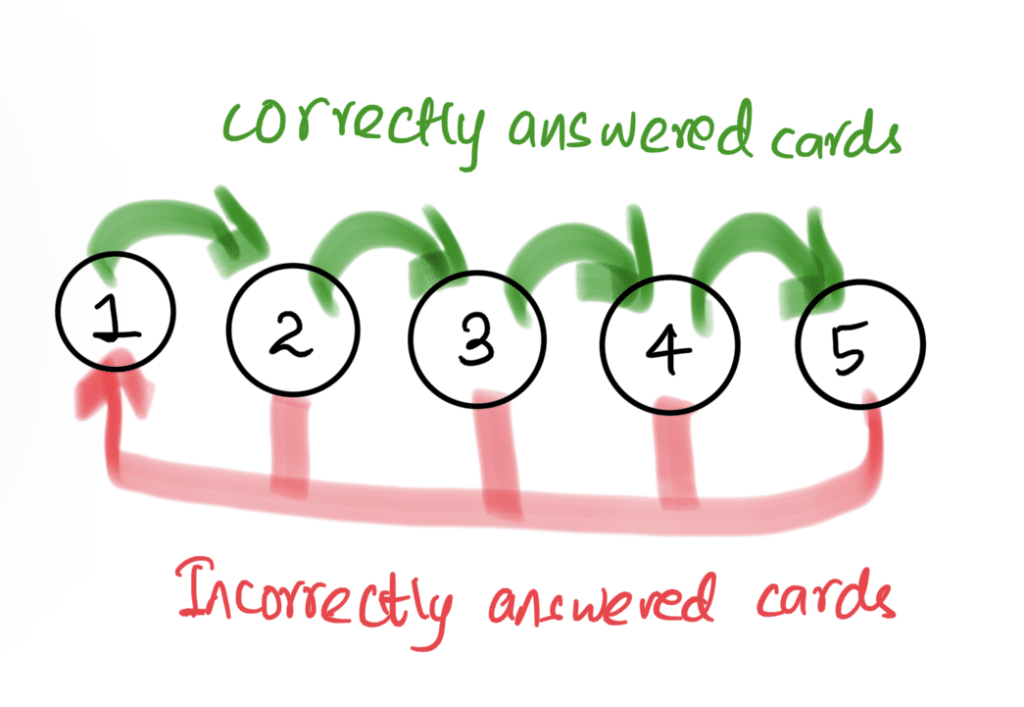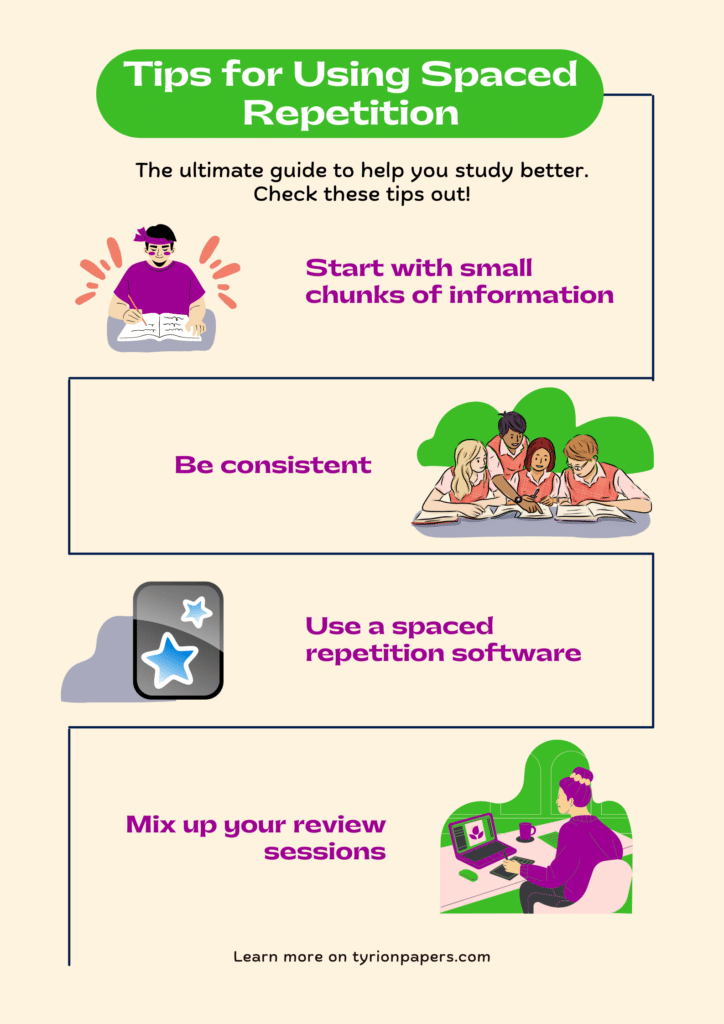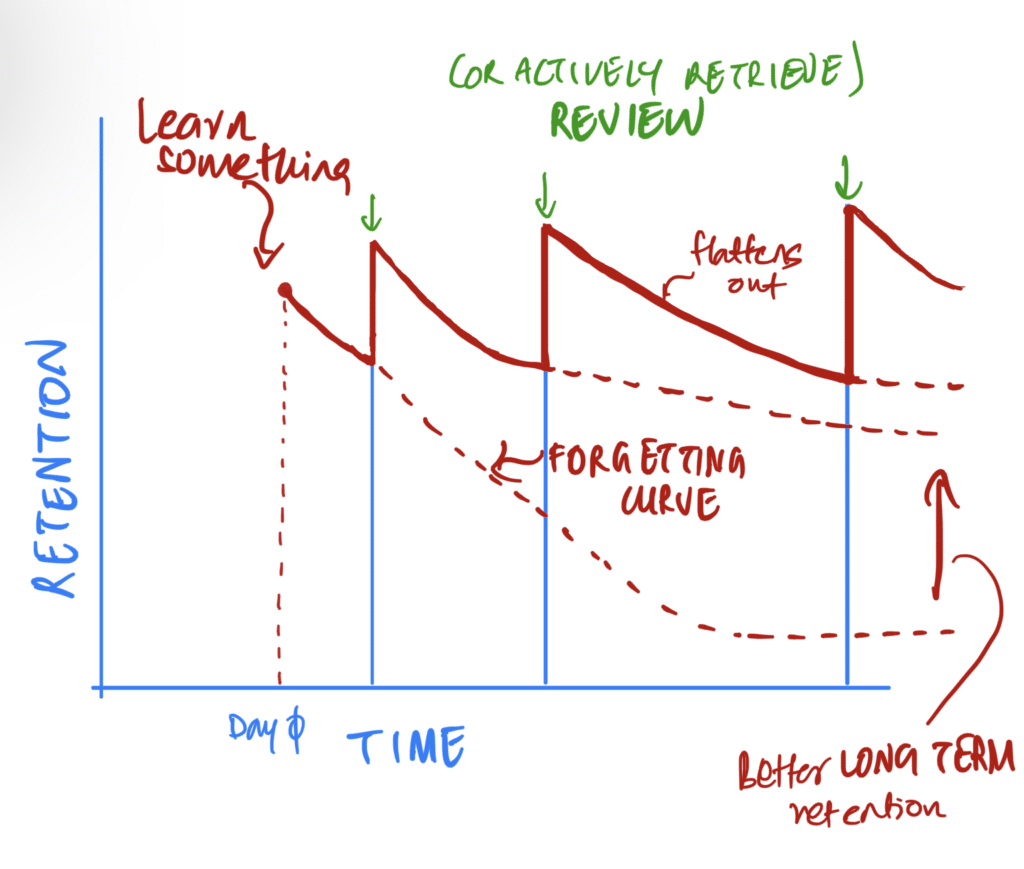If you’ve ever tried to study for a test or memorize a large amount of information, you’ve probably found that simply rereading your notes or reviewing flashcards isn’t always enough. That’s where the learning technique known as spaced repetition comes in.
What is Spaced Repetition?
Spaced repetition is a method of learning in which you review material at increasing intervals of time. The idea is to review the information just before you would forget it, so that it becomes deeply ingrained in your memory. This technique has been shown to be particularly effective for memorizing large amounts of information and for retaining that information over the long term.
How Does Spaced Repetition Work?
The way that spaced repetition works is based on the idea of the spacing effect. This is the phenomenon in which people remember information better when they study it over a longer period of time, rather than trying to learn it all at once.
For example, let’s say you’re trying to memorize a list of 20 vocabulary words. If you try to learn them all in one sitting, you might be able to recall a few of them immediately after studying, but most of the words will probably fade from your memory fairly quickly. However, if you spread out your studying over a week, reviewing the words a few times each day, you’ll be much more likely to remember them for the long term.
Benefits of Spaced Repetition
There are many benefits to using spaced repetition as a learning technique. Here are just a few:
Improved memory retention: As mentioned above, spaced repetition has been shown to be effective for long-term memory retention. This means that you’ll be able to remember the material you’re studying for a longer period of time, which can be particularly helpful when preparing for a test or exam.
More efficient studying: Because spaced repetition helps you retain information over the long term, you don’t have to spend as much time reviewing material that you’ve already learned. This means you can study more efficiently and potentially cover more material in a shorter period of time.
Greater understanding: By reviewing material at increasing intervals, you’re giving yourself the opportunity to really think about the material and understand it on a deeper level. This can be especially helpful when studying complex subjects or trying to learn new skills.
Tips for Using Spaced Repetition
Here are a few tips to help you make the most of spaced repetition as a learning technique:
Start with small chunks of information: When you’re first starting out with spaced repetition, it’s a good idea to focus on small chunks of information rather than trying to learn too much at once. This will help you get the hang of the technique and build up your confidence.
Use a spaced repetition software: There are a number of software programs available that can help you with spaced repetition. These programs typically include a system for scheduling your reviews and quizzing you on the material you’re learning.
Mix up your review sessions: To keep things interesting, try to mix up your review sessions. You might review material in a different order each time, or use different methods for reviewing (such as flashcards or practice problems).
Be consistent: To get the most out of spaced repetition, it’s important to be consistent with your review sessions. Try to stick to a regular schedule and make sure you set aside enough time for each review session.
Conclusion
Spaced repetition is a powerful learning technique that can help you retain information over the long term and study more efficiently. By reviewing material at increasing intervals, you’re giving yourself the best chance to remember what you’ve learned.



